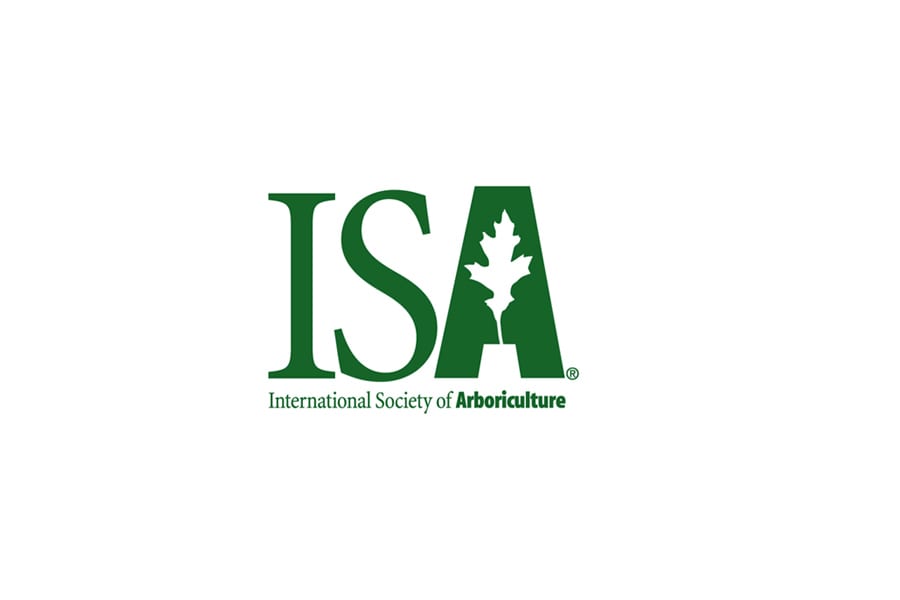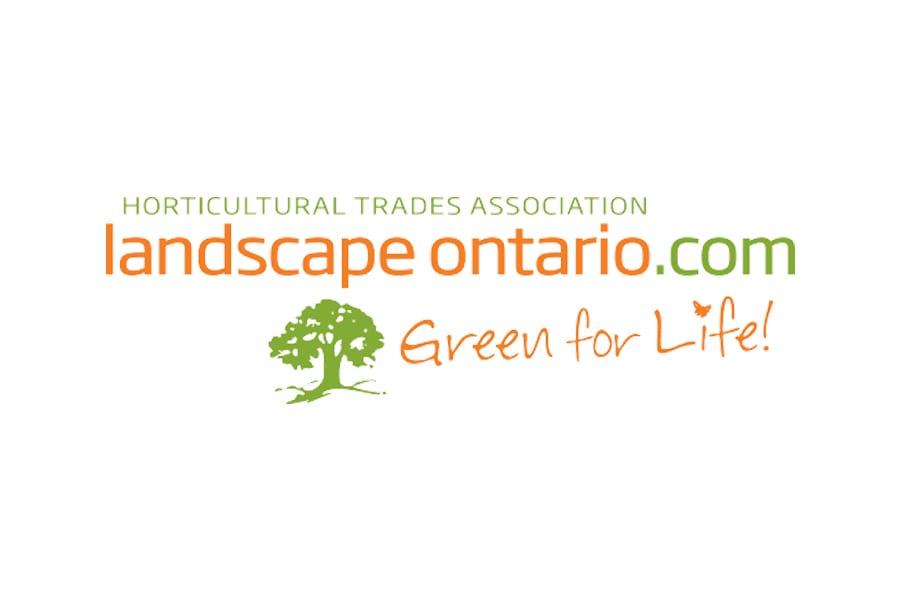
- Nov 5, 2023
- Dreamworks Tree Services
- Guide
- 0 Comments
Discover the Ultimate Guide to Replanting after Tree Removal
If you have recently removed a tree from your property in Toronto, you may be wondering what steps to take next. Tree removal is a necessary service, but it often leaves homeowners with a vacant space in their landscape. Replanting after tree and stump removal helps restore the beauty of your property and the environment.
This article discusses essential tips and information on how to replant effectively after tree removal in Toronto.
6 Tips for Replanting After Tree Removal
1. Consider the Environmental Impacts
Tree removal, while sometimes necessary, has environmental consequences. Trees are vital for air quality, wildlife habitat, and climate regulation. To mitigate these impacts, consider replanting with native species well-suited to the local climate. Native trees are more resilient and provide crucial support to local ecosystems.
2. Give the Soil Enough Time
After a tree is removed, the soil may be compacted and nutrient-depleted. It’s essential to give the soil some time to recover before replanting. Aeration and the addition of organic matter can help improve soil structure. Consult a tree care service or arborist in Toronto to assess the soil’s health and determine the best timing for replanting.
3. Choose a Nearby Spot
Selecting a location for your new tree or plant is a critical decision. Whenever possible, choose a spot near the one where the removed tree stood. This ensures a smoother transition for the new plant and helps maintain the aesthetic balance of your landscape.
4. Make the Space Suitable for New Plant
Preparing the planting site is crucial for the success of your new tree or plant. Ensure the area is free from competing vegetation, rocks, and debris. Consider mulching around the plant to conserve moisture and suppress weeds. Adequate watering, especially during the first couple of years, is vital to help your new plant establish roots.
5. Use the Stump for New Tasks
Don’t let the tree stump go to waste. It can serve different purposes, from becoming a natural seating area to a platform for potted plants. Grinding down the stump to below ground level is another option, which improves the aesthetics of your landscape and reduces the risk of pests and diseases that may be associated with the old stump.
6. Choose the Next Plant Wisely
When selecting a new tree or plant for your property, consider the local climate and soil conditions. Some suitable tree options for the area include the Eastern White Pine, Red Maple, and White Oak. Choosing the suitable tree species ensures a better chance of successful growth. You can also consult with an arborist in Toronto to determine which tree or plant will thrive in your specific location.
Know About the Permit Requirements in Toronto
Before embarking on any tree removal or replanting project, it’s essential to be aware of local regulations. There are specific rules and permits required for tree removal in Toronto. You may need to obtain a permit from the city, especially if the tree in question is of a certain size or species. Violating these regulations can lead to hefty penalties, so it’s crucial to do your due diligence and comply with the legal requirements.
A certified tree removal service in Toronto can help you navigate the permit process and make sure the removal is conducted legally and safely.
Also Read: Permit Applications
How Should Grass Be Planted After Stump Removal?
Step 1: Eliminate the Stump and Roots
Ensure that the stump and all associated roots are completely removed. This may require professional stump grinding services, which can effectively eliminate any remnants of the tree.
Step 2: Prepare the Soil
Loosen the soil in the area where the stump was removed. This will help the new grassroots penetrate the soil more easily. Adding compost or topsoil can improve soil quality and fertility.
Step 3: Select the Right Grass Seed
Select a grass seed suitable for the Toronto climate and your specific location. Cool-season grasses like Kentucky Bluegrass and Fescue are popular in the region due to their ability to thrive in cooler temperatures.
Step 4: Sow the Seeds
Spread the grass seeds evenly over the prepared soil. Use a broadcast spreader for uniform coverage. Follow the seeding rate recommendations for the specific grass species you’ve chosen.
Step 5: Water and Maintain
Keep the soil moist to help the grass seeds germinate and establish roots. Watering is essential, especially during the first few weeks. Once the grass is established, maintain it with regular mowing and fertilization.
Get Complete Tree Removal Service in Toronto

Revitalize your landscape and ensure safety with our comprehensive tree removal service in Toronto. Our expert team is trained and equipped to handle all aspects of tree and stump removal, from initial assessment to safe and efficient removal.
Trust our certified professionals to provide a hassle-free, environmentally responsible solution. Contact us at 647-924-2627 or fill out our form to schedule your tree removal in Toronto and enjoy peace of mind, knowing your property is in expert hands.












